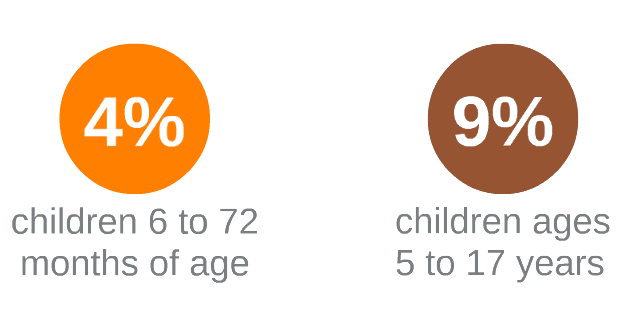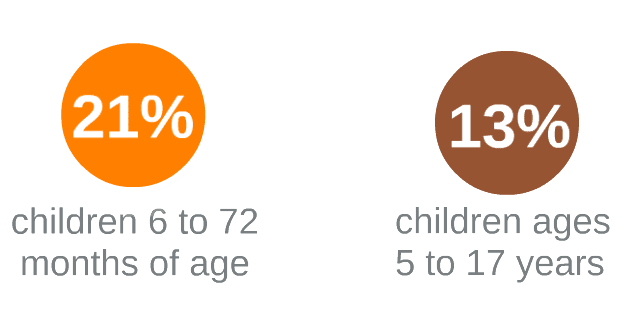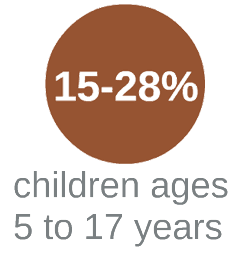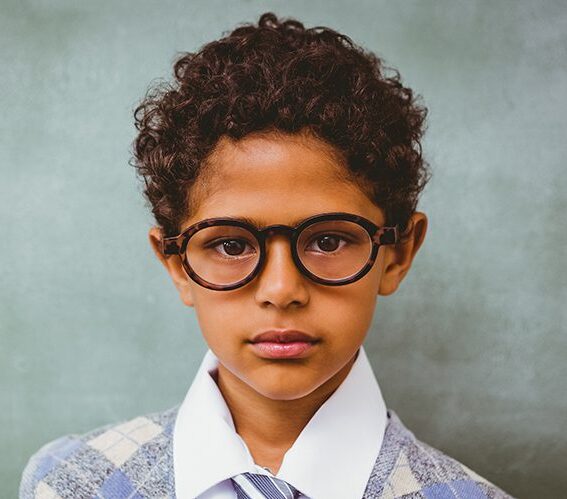Following are some of the most common children’s vision problems, such as refractive error, amblyopia (lazy eye) and strabismus.
Refractive Errors
The most common vision disorders in children are refractive errors—myopia, hyperopia, and astigmatism. Refractive errors occur when light is not focused on the retina, causing blurred vision. Uncorrected refractive errors in infants and preschool-age children are associated with parental concerns about developmental delay, as well as with clinically identified deficits in cognitive and visual-motor functions that may in turn affect school readiness. Estimates of prevalence vary from study to study due to differences in diagnostic criteria and examination methods.
Myopia

Myopia, or nearsightedness, is defined as a condition in which the visual images come to a focus in front of the retina of the eye resulting especially in defective vision of distant objects.
Hyperopia

Hyperopia, or farsightedness, is defined as a condition in which the visual images come to a focus beyond the retina of the eye resulting especially in defective vision of near objects (nearby objects appear blurry). Hyperopia prevalence varies by age and race/ethnicity.
Astigmatism

Astigmatism is an irregularity in the shape of the cornea or lens that causes blurry vision at all distances if not corrected. Children who have myopia or hyperopia are more likely to have astigmatism.

Amblyopia
Amblyopia (sometimes called “lazy eye”), found in about 2 percent of 6- to 72-month-old children, is the most common cause of vision loss in children.
With amblyopia, vision is impaired due to abnormal development of the neural connections between the brain and the eye during early childhood. The primary causes are misalignment of the eyes (strabismus) and high refractive error or unequal refractive error between eyes. Typically, the vision loss affects only one eye, but people with amblyopia are nearly three times more likely than those without amblyopia to develop vision impairment in their better-seeing eye later in life. Early detection of amblyopia is critical; treatment is most successful when initiated before the age of 7 years, and less effective at older ages. Untreated, or treated too late, amblyopia can lead to permanent vision loss in one or both eyes.

Strabismus
Between 2 and 4 percent of children under the age of 6 years have strabismus, a misalignment of the eyes that can lead to the development of amblyopia.
With the eyes oriented in different directions, the brain receives conflicting visual input, interfering with binocular vision development and depth perception. The effect on appearance of the eyes’ misalignment also may negatively affect the emotional health, social relationships, and self-image of children with strabismus.

Vision Loss
Nearly 3 percent of children younger than 18 years are blind or visually impaired, defined as having trouble seeing even when wearing glasses or contact lenses.
Conjunctivitis or Pink Eye
Pink eye is another common children’s vision problem.
For more information on the sources used for prevalence data, download the complete Children’s Vision and Eye Health report.
